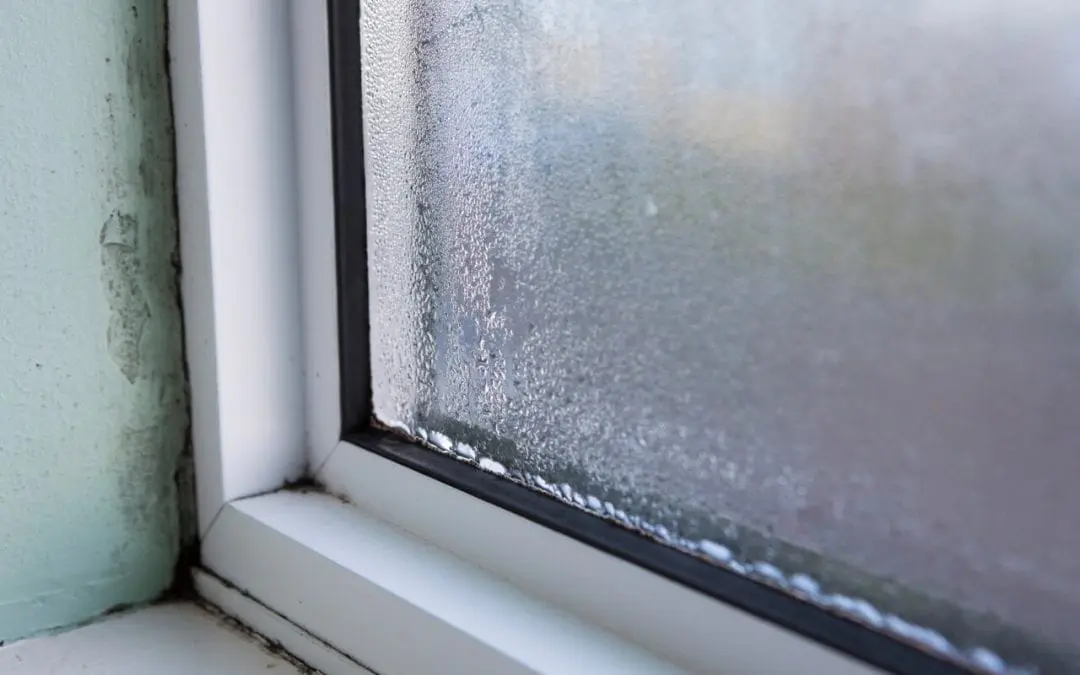How To Prevent Mold in the Home
Mold in your home can lead to respiratory problems and skin irritation. The ideal conditions for mold growth in your home include heat, high humidity, darkness, and moisture. The most common sources of mold growth in your home are bathrooms, kitchens, and other areas with high levels of humidity like the attic or basement. Once mold becomes a problem, it is difficult to get rid of completely, so it’s best to be proactive. Here are some affordable and effective ways to prevent mold in the home.
Fix Any Problem Areas
Any room in your house with high humidity levels is at high risk of developing mold and mildew, so pay extra attention to these places. Make sure there’s adequate airflow by installing ventilation fans that draw damp air out of the house.
You can also prevent mold growth by maintaining your gutters. Gutters direct rainwater away from your home’s roof, siding, and foundation. When there is a problem with your gutter system, you may notice water stains on your ceilings or leaks in the basement. Unclog and repair gutters to keep them functioning well.
Repair any persistent leaks and condensation that you notice around the windows. An air conditioner with a dry setting helps control the moisture levels in your home which helps prevent mold growth.
Thoroughly Dry Wet Areas to Prevent Mold in the Home
Clean and dry any area with moisture problems to prevent mold growth. If you notice dampness in the attic, a leaky pipe, or mold growing anywhere, clean it immediately. Discard any water-damaged furniture and carpets. Then, determine where the moisture is coming from and fix the problem area.
Apply waterproofing solutions around your home, seal windows to prevent condensation, install a basement sump pump, and maintain your drainage system to help prevent mold.
Use an Indoor Humidity Monitor
The humidity levels in your home should be between 30% and 50%. Sometimes just checking around the property will let you know if there is a moisture problem, but you can also get a humidity monitor, called a hygrometer, at a hardware store. This will help you get an accurate reading of the moisture levels in your home.
Use Mold-Resistant Products
When renovating, take the opportunity to make your home more mold-resistant. Use mold-resistant drywall in areas with high levels of moisture and select paints with mold inhibitors.
Improve Air Circulation
Proper airflow can help to prevent mold growth because it reduces excess moisture. Open the windows occasionally, turn on ceiling fans, and open the doors between rooms. Increasing air circulation is an easy way to ventilate your house and dry out damp areas.
Legacy Property Inspections offers home inspection services and mold testing to Southeast Georgia, including mold testing. Contact us to request an inspection.

